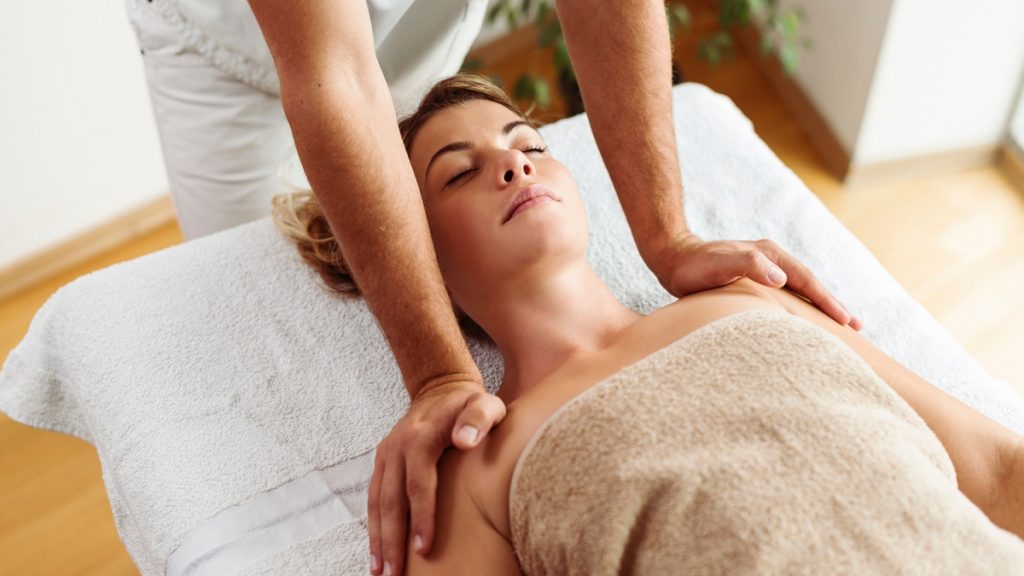Rolfing is an innovative technique used in massage to alleviate pain and discomfort. It’s applied in 37-plus countries and is recently enjoying a surge in popularity.
Rolfing- an Introduction
The founder of rolfing is Dr. Ida Rolf, and its main procedure is to realign the connective tissues in a patient’s body.
Rolf believed that the body is a seamless network that comprises tissues and encompasses all human organs, muscles, bones and joints. The process of rolfing is to promote balance and realignment via reorganization of the said fascia.
Massage therapists can learn rolfing and become licensed practitioners by training for and passing the MBLex, or massage licensing exam. Rolfing is unlike deep tissue massage in that it focuses on fascia and manipulating it to relieve tension, improve range of motion and reduce pain.
Benefits of Rolfing
The practice of rolfing is said to benefit individuals who are suffering from chronic pain in the neck and back. It’s also believed to be helpful in treating plantar fasciitis, peripheral neuropathy, tendinitis, Parkinson’s disease, Piriformis Syndrome, lymphedema, golfer’s elbow, fibromyalgia and cerebral palsy.
A skilled massage therapist can tell you if rolfing can be used to treat an individual’s condition.
Improved Body Structure and Posture
Rolfing can help improve posture by realignment and body manipulation through specialized techniques. Practitioners put a value on balance and how it can bring the body to optimal and efficient levels.
Good for Tension, Pain and Discomfort
Rolfing allows for energy conservation and optimized movement. Chronic stress and inflammation gets reduced, and it’s good for athletes as well. Tension is released while resolving pain and discomfort.
Corrects Posture
Posture is believed to be a vital component in preventing debilitating conditions in the future. The rolfing technique has been proven time and again to get the individual’s neuro functions up to speed and reduce spinal curvature.

